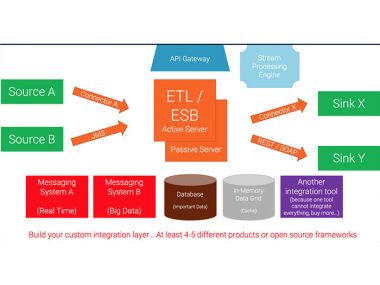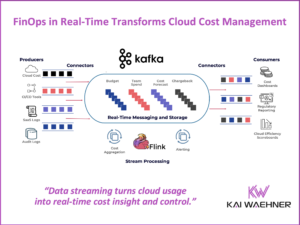Smart Enterprise Application Integration with Apache Camel
In January, I spent a lot of time playing with Apache Camel. I really like this EAI-framework. Thus, I will hold a workshop in our company and at some external events, e.g. at the IT conference “Confess 2011” in Vienna. It helps you a lot in any integration project within the Java environment. The book “Camel in Action” released some weeks ago. If you want to learn Apache Camel, you need this book! Here is my short review.
Review “Camel in Action”
Camel in Action is for you, if you want to learn Apache Camel. This EAI-framework implements the well-known Enterprise Integration Patterns (EIP). There is no other alternative to this book on the market yet. The book is good for beginners and for advanced users, so actually an alternative is not necessary.
The first two chapters contain some „getting started“ information with a „hello world“ example. Afterwards, all concepts of Camel are described in detail, especially routing, transformation, error handling, testing, several components and many important EIPs. Some further chapters describe how to create, deploy and monitor Camel applications. The appendix contains interesting stuff, too (e.g. how to use Scala with Camel in a meaningful way using Akka).
All chapters contain good examples, realized in both, Java DSL and Spring XML. All examples can be reproduced using JUnit-Tests (all source code can be downloaded). Thus, you can get practical experience to understand the Camel concepts. If you just read the book, you will probably forget most details within one week.
I recommend this book to everybody who wants to do some smart and efficient Enterprise Application Integration within the Java environment. There is no alternative to this book if you want to learn Camel the easy way. After you have worked through this book, you can easily learn additional features using the camel website, mailing list and google. In the past (without this book), it was much more tough to get started with Camel.
For the next version of this book, I would like to see some examples with relevant proprietary products (e.g. WebSphere MQ in addition to ActiveMQ) and some more Scala and Groovy code in an advanced section. Some examples are very concise or missing (e.g. for specific components), too. But nevertheless, my final conclusion: Get this book, if you want to learn Apache Camel…
Author / Committer gives Forum Support for Book Content
BTW: As with each Manning Book, there is also forum support for the book content. Claus Ibsen (Author of the book and Camel Committer) helps you with your questions. He answers very quickly (usually within 24 hours). I appreciate that a lot!
Best regards,
Kai Wähner (Twitter: @KaiWaehner)






